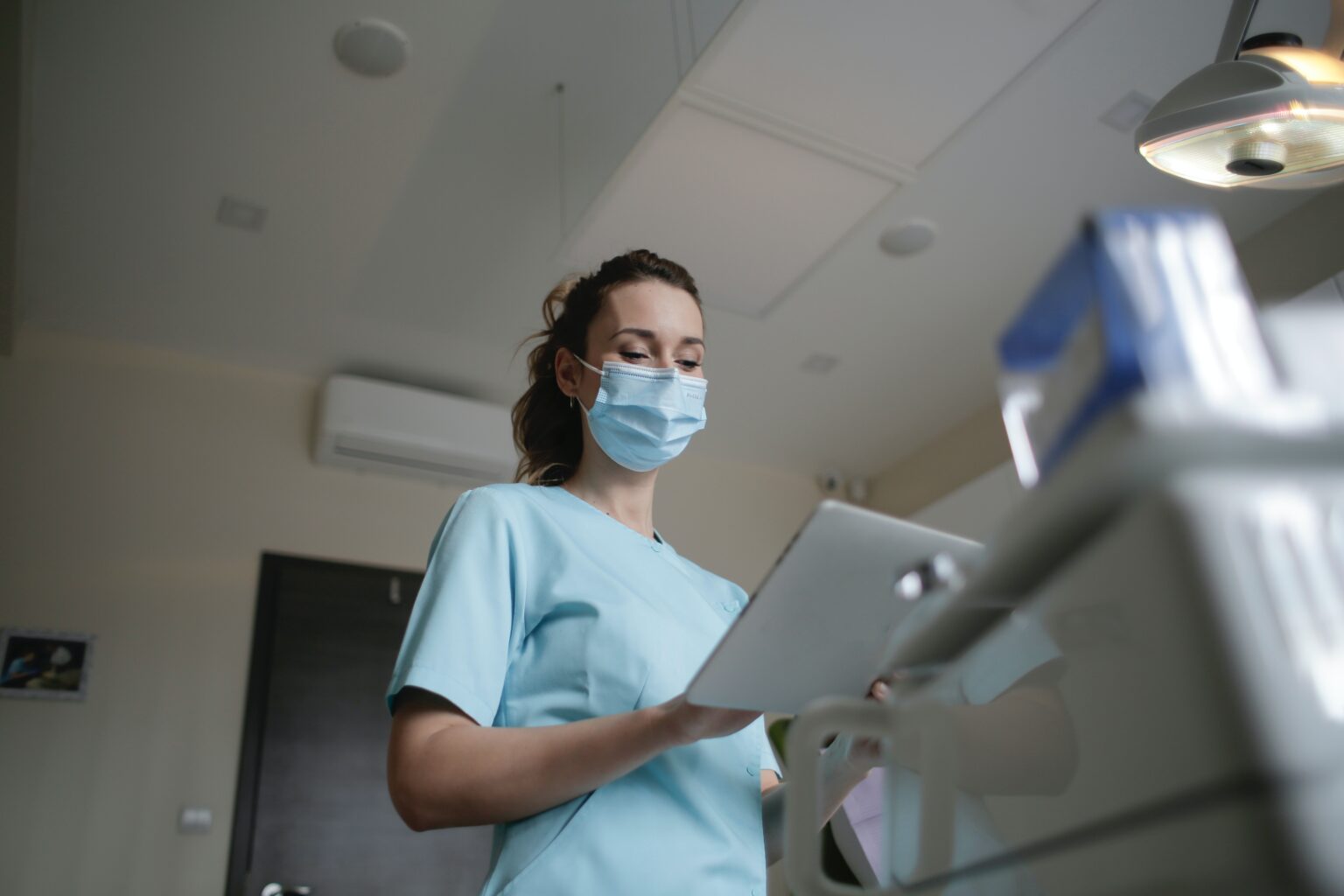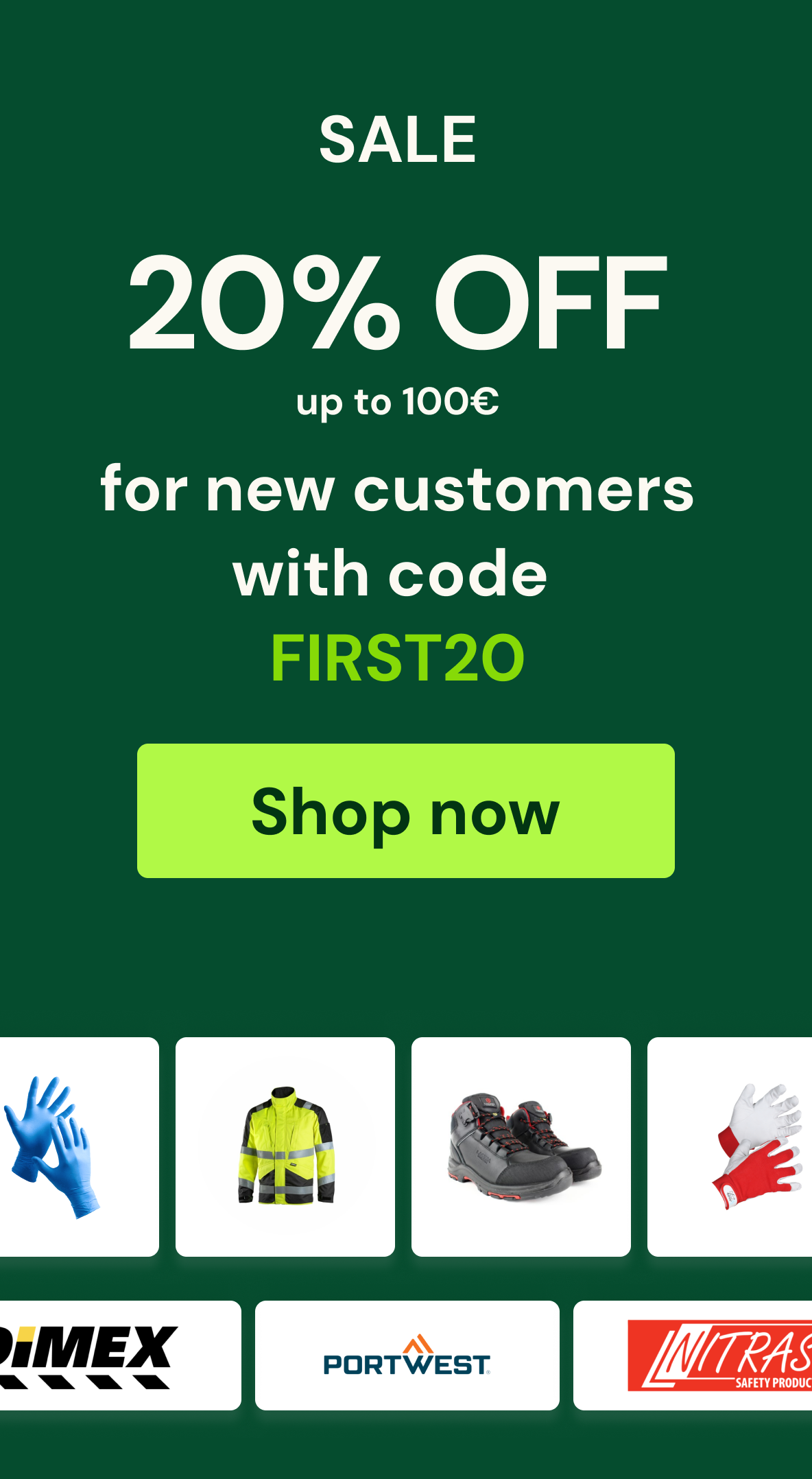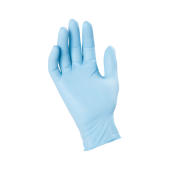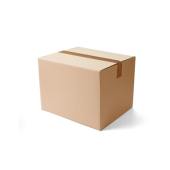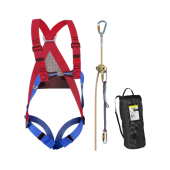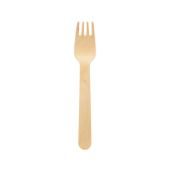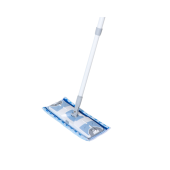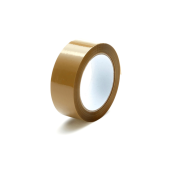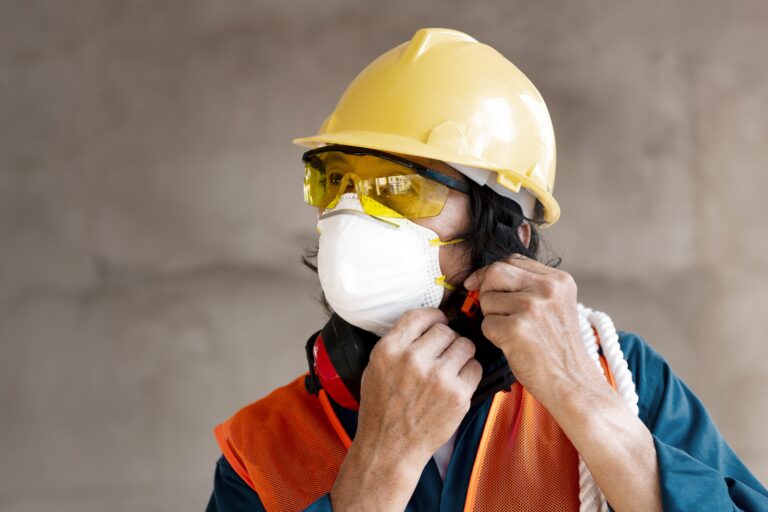In an industry that is as critical and as intricately networked as healthcare, mastering the ins and outs of procurement processes, particularly those pertaining to indirect procurement, is a non-negotiable requirement.
Medical procurement, an umbrella term encompassing all processes involved in acquiring healthcare services, medical equipment, pharmaceuticals, and Personal Protective Equipment (PPE), constitutes a lifeline for healthcare institutions.
From large-scale hospitals to small local clinics, efficient medical procurement can lead to significant cost savings, streamlined operations, and improved quality of care indirectly, as it frees up resources and allows healthcare professionals to focus on their core competencies.
In this article, we delve into the complexities of medical procurement, untangling its many layers, and offering insights into best practices and strategies that can make this vital process not just manageable, but masterful.
Here are the topics we will cover:
- Understanding Healthcare Procurement
- Safety Considerations in Medical Procurement
- Best Practices and Strategies in Medical Procurement
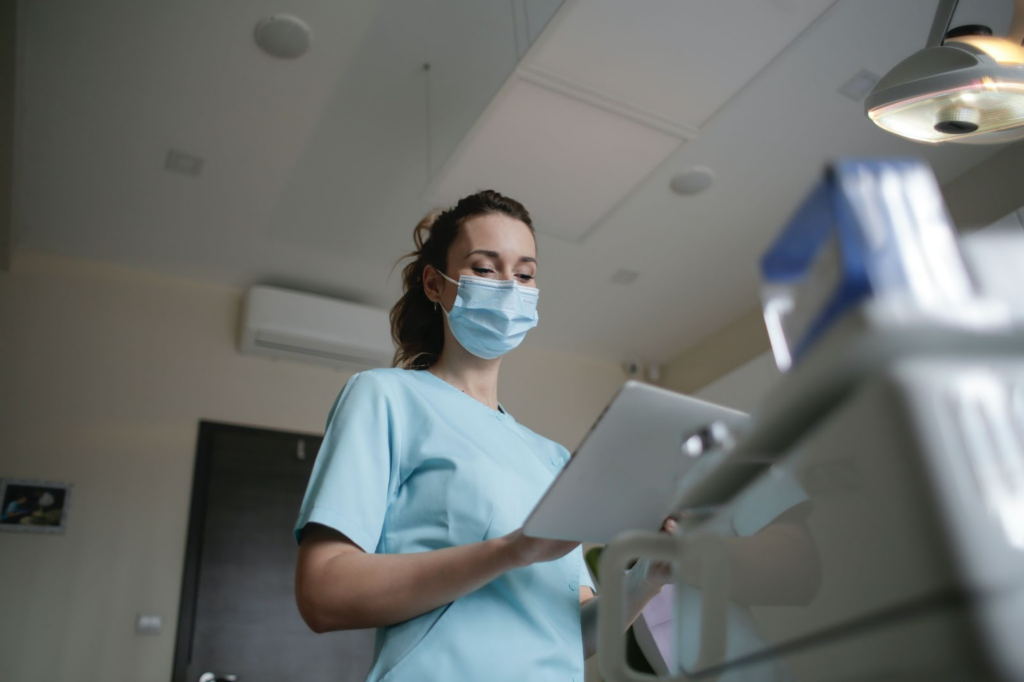
Understanding Healthcare Procurement
In the arena of healthcare, a procurement plan is a vital strategic document that delineates the who, what, when, and how of procuring essential goods.
This could include everything from the procurement of cutting-edge medical technology to day-to-day hospital Personal Protective Equipment (PPE) like safety gloves and face masks. An efficient procurement plan works as a lighthouse in the stormy sea of medical procurement, providing direction and a clear path forward in a complex, ever-evolving landscape.
A crucial part of this plan is the healthcare procurement process. This begins with need identification and ends with the evaluation of the purchased goods. In between, there are key steps including product sourcing, supplier research and selection, value analysis, financing, price negotiation, making the purchase, supply contract administration, inventory control and stores management, and finally, disposals and other related functions.
Among the myriad items procured in healthcare, Personal Protective Equipment (PPE) holds a place of major importance. From gowns and gloves to masks and face shields, medical PPE forms the shield between healthcare professionals and the numerous potential health hazards they encounter in the line of duty.
The importance of PPE in healthcare is reflected in the fact that it forms a significant part of the procurement process, with specific strategies and guidelines dedicated to PPE procurement. In fact, safety in healthcare is largely reliant on these unassuming items of clothing and equipment. They are essential not just for the protection of healthcare personnel, but also for the patients they serve, making PPE a keystone in the edifice of healthcare.
Safety Considerations in Medical Procurement
When it comes to the healthcare industry, safety is not merely a priority; it is an absolute imperative. As mentioned above, a vital cog in the wheel of safety is the procurement of Personal Protective Equipment (PPE). That’s why sourcing and purchasing medical PPE must be carried on with special attention to use cases and an unwavering commitment to safety.
The importance of PPE in healthcare is multi-dimensional. From a practical perspective, PPE creates a barrier that shields healthcare professionals from biological, chemical, and physical hazards. This protective mantle also extends to the patients they care for, preventing cross-contamination and helping to halt the spread of infectious diseases. In the face of a global pandemic, for instance, the availability and use of PPE can literally make the difference between life and death.
Medical PPE encompasses a broad spectrum of items, each designed for specific scenarios and hazards. These include gloves for handling hazardous substances, masks and respirators for protection from airborne pathogens, gowns and aprons for preventing contact with infectious materials, and face shields and goggles for guarding against splash contamination.
Best Practices and Strategies in Medical Procurement
- The creation and regular update of a comprehensive procurement plan. An efficient medical procurement plan must be designed to forecast demand, manage supply, and ensure the continuity of essential medical PPE items. This way, healthcare facilities will manage to avoid shortages and inefficiencies.
- Quality assurance, which translates into prioritising suppliers who offer certified products and who comply with international safety standards. A mask, gown or pair of gloves is only as good as its ability to provide reliable protection.
- Expanding your pool of medical PPE suppliers, to ensure smooth deliveries of the best products at the best prices and improve risk management in the face of possible shortages or delays.
This is where a marketplace like Droppe can make a difference.
Droppe is a wholesale marketplace for where you can easily browse an extensive catalogue of 100,000+ products and compare 100+ European suppliers based on their product selection, price, delivery time, and much more.
So, rather than spending countless hours negotiating with different suppliers, you now have their selections and offers in one single place. Plus, there are no geographical limitations, so your personal supplier pool will expand throughout Europe.
Once you’ve found the right suppliers, it will only take you a moment to proceed to purchase products from different suppliers across Europe in one single invoice. Droppe takes care of all the details, from payment to order handling, so you can focus on what really matters – keeping your activities flowing without any hiccups.
- Embracing modern technology, from cloud-based procurement software to predictive analytics, these tools allow for real-time tracking, data-driven decision-making and enhanced efficiency.
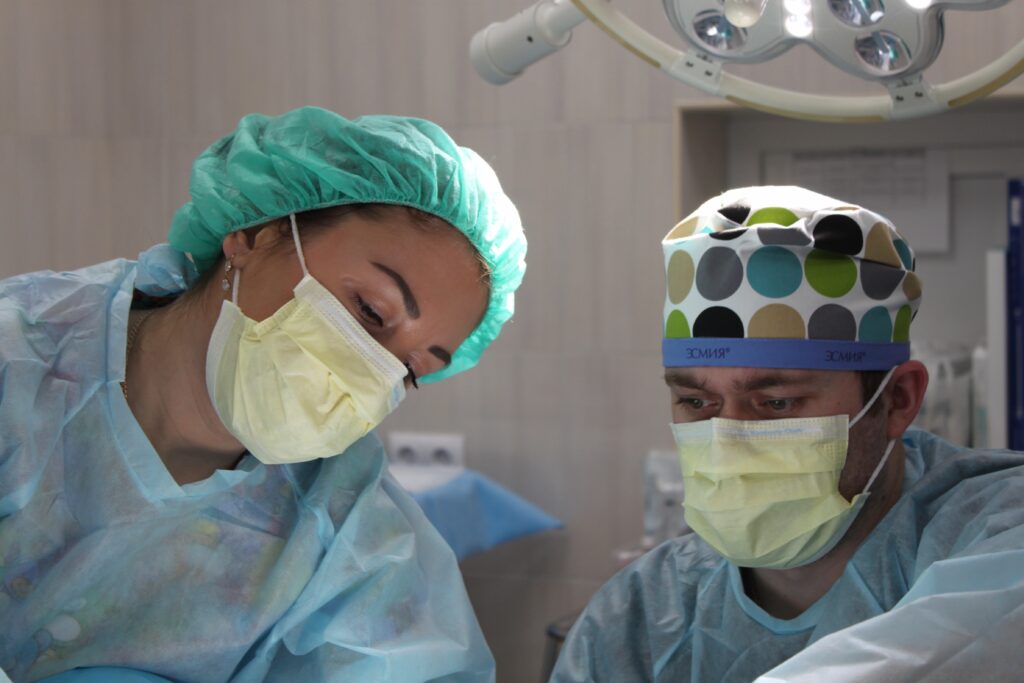
PPE creates a barrier that shields healthcare professionals from biological, chemical, and physical hazards.
Conclusion
As the complexity of the healthcare industry increases, the importance of strategic and efficient medical procurement becomes even more vital.
This intricate process, involving the acquisition of everything from advanced medical technology to everyday PPE, serves as a lifeline for healthcare institutions.
Understanding procurement practices, ensuring safety considerations, and implementing best strategies are essential to optimize costs, streamline operations, and ultimately, improve patient care.
Leveraging technology and industrial catalogues like Droppe can enhance procurement efficiency by providing a vast pool of European suppliers at your fingertips, reducing the burden of negotiation and order handling.
As we journey into a future marked by continued healthcare advancements and potential challenges, mastering medical procurement is not just a necessity, but a strategy for success.

